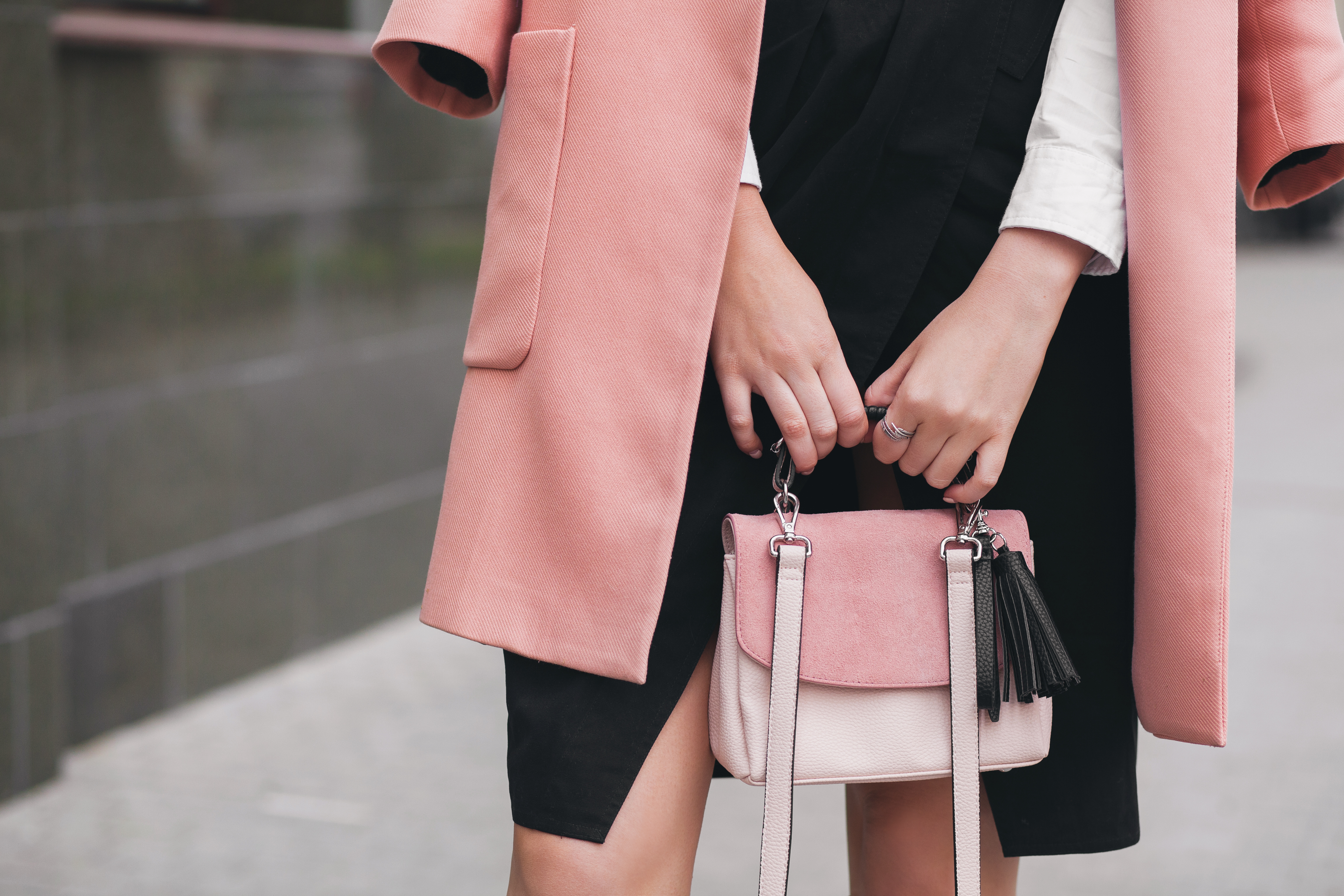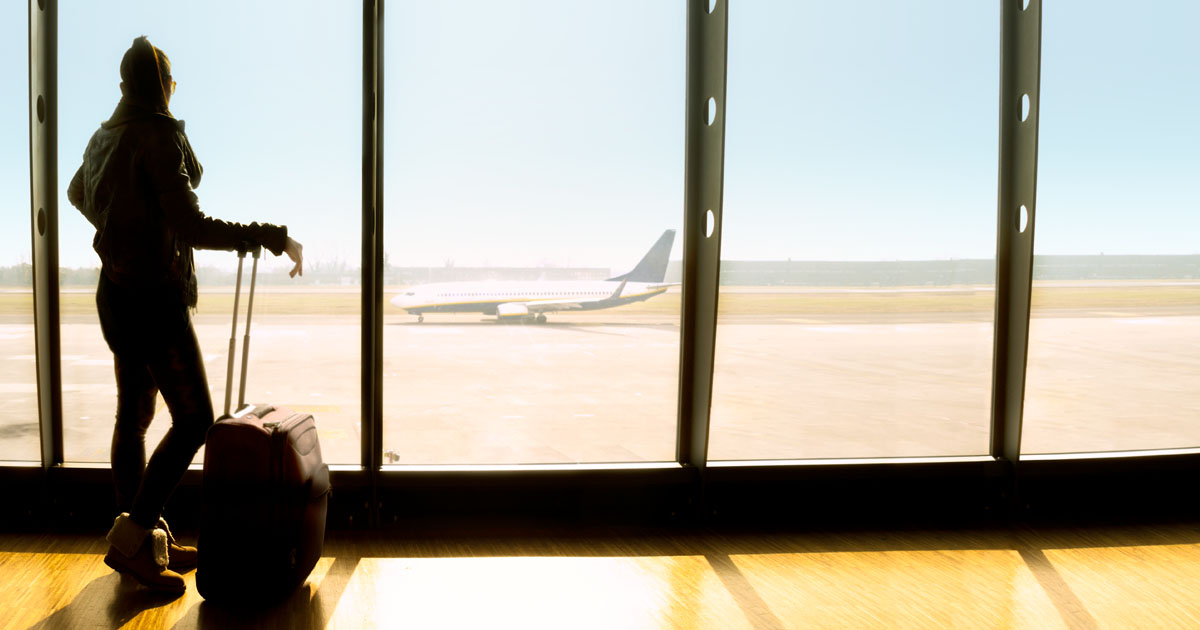12 Surprising Items You Should Avoid Bringing To Europe
Forget the basic advice about travel-sized toiletries. We're about to expose the truly surprising packing blunders that will sabotage your European adventure, turning dream trips into logistical nightmares or even cultural faux pas. This isn't just about weight; it’s about stealth, security, and truly immersing yourself. From attracting unwanted attention to unknowingly disrespecting local norms, these seemingly innocuous items are actually liabilities. Prepare to be shocked by what you shouldn't bring – and gain the insider edge to navigate Europe like a seasoned, inconspicuous pro.
1. Your Flashiest Branded Clothing (You’re Not a Billboard)

That expensive designer hoodie or jacket emblazoned with large logos isn't just heavy; it's a giant neon sign screaming "TOURIST WITH VALUABLES!" in crowded hubs like the Spanish Steps or Paris Métro. While you want to look good, ditch overtly branded clothing that screams luxury or a specific nationality. This reduces your appeal to opportunistic pickpockets and helps you blend more subtly into local fashion, which often leans towards understated elegance. Opt for quality, unbranded pieces that offer comfort and versatility without making you a target.
2. Counterfeit Designer Bags (Seriously, Risking Arrest?)

You bought that "Gucci" bag on a street corner back home, right? Do NOT bring fake designer goods into Europe. Italy, France, and other EU nations have stringent laws against counterfeiting, with hefty fines for possessing fake goods. Customs officials can confiscate them, and in some extreme cases, you could face significant penalties. It's not just a fashion faux pas; it's a legal liability. Leave the knock-offs at home and invest in a quality, authentic bag that reflects your actual style, not a fabricated one.
3. Your Personal "Safety" Whistle or Alarm (It Can Backfire)

While the intention is good, a loud personal safety whistle or alarm can be counterproductive in a crowded European setting. Activating it in a pickpocket attempt might cause a momentary stir, but it can also escalate the situation, draw unwanted attention to you as a target with valuables, or simply be dismissed as noise in a bustling piazza. Instead, focus on proactive awareness: keep valuables secure, avoid flashy displays, and be attentive to your surroundings. A silent, secure money belt is far more effective.
4. That "Funny" or Political Slogan T-Shirt (Cultural Misstep Alert)

Your sarcastic T-shirt might be hilarious back home, but highly localized humor, political statements, or potentially offensive slogans can be easily misinterpreted or genuinely offensive in a foreign culture. Avoid clothing with ambiguous messages, overtly political statements, or anything that could be seen as disrespectful. What's a joke to you could be a grave insult or spark unwanted arguments in places like the Colosseum or a quiet German beer garden. Opt for plain, respectful attire that signals openness, not potential confrontation.
5. Your Entire Kit of "Self-Defense" Sprays or Knives (Illegal & Dangerous)

Even a small pepper spray or multi-tool knife that's legal in your home country can be classified as an illegal weapon in many European nations. Security checks are thorough, and possession can lead to confiscation, fines, or even arrest. European self-defense laws and interpretations vary wildly from US or Canadian ones. Trust in being situationally aware, keeping a low profile, and relying on local authorities if genuinely in danger. Your best defense is not carrying something that could get you into trouble.
6. Hardcover Travel Journals (Identity Theft Risk in Plain Sight)

While the romance of a physical travel journal is appealing, leaving a detailed, identifiable diary unattended in your hostel, hotel room, or even in a snatched bag is a significant security risk. Avoid packing a journal filled with highly personal details, financial notes, or even exact itineraries. If it falls into the wrong hands, it’s a goldmine for identity theft. Opt for a simple notebook for quick jots, or use a secure digital journaling app. Your memories are safer when they're not laid out for anyone to read.
7. "Emergency" Camping Cutlery/Utensils (Street Food is King)

Thinking you’ll save money by packing your own reusable fork and knife for street food? Most European street food markets and takeaways provide disposable cutlery (or expect you to eat with your hands), and bringing your own bulky set is unnecessary. It adds weight, needs cleaning, and won't be usable in most casual settings. Embrace the local custom of enjoying fresh, ready-to-eat delights. You'll find it incredibly easy and hygienic to eat on the go without the need for personal dining tools.
8. Bulky Water Filter Bottles (Tap Water is Safe, Refills Abound)

Unless you're planning multi-day treks through remote wilderness, ditch the large, heavy water filter bottle. Tap water is generally safe and delicious across Western Europe (and increasingly so in many parts of Eastern Europe). Cities are dotted with public fountains (e.g., nasoni in Rome, fontaines in Paris) and cafes are usually happy to refill your smaller, lighter reusable bottle. This saves significant space and weight, and you'll stay hydrated just as effectively without the added gear.
9. That Huge Purse or Backpack (The Pickpocket's Dream)

A large, open-top purse or an oversized, unzipped backpack is practically an invitation for pickpockets in crowded areas like the Spanish Steps or bustling train stations. Avoid bringing bags that are unwieldy, have easily accessible compartments, or don't sit snugly against your body. Instead, opt for a small, cross-body bag with secure, lockable zippers or an anti-theft backpack (like Pacsafe or Travelon) that keeps essentials close and difficult to access without your knowledge.
10. Any Item You Couldn't Bear to Lose (Emotional Baggage)

This isn't about practical bulk; it's about emotional weight. Do not bring irreplaceable family heirlooms, sentimental jewelry, or unique items you'd be devastated to lose. While security is paramount, things can happen. Accidents, theft, or even leaving something behind in a rush are realities of travel. Leave those cherished items safely at home. Embrace the freedom of travel without the constant anxiety of protecting something invaluable, allowing you to fully enjoy the moment.
11. Your "Always-On" VPN (Can Cause Unexpected Service Blocks)

While VPNs offer security, an "always-on" VPN can sometimes cause unexpected issues with local services. Some streaming platforms, banking apps, or even public Wi-Fi networks in Europe might block access if your VPN's IP address appears to be from a suspicious or non-local region. Instead of a constantly running VPN, use one selectively for specific security needs, or opt for a reputable travel-optimized VPN service. This avoids frustrating connection issues that could impede your ability to access information or communicate.
12. All Your Physical Copies of Reservations (Digitize & Secure)

While printouts offer a backup, carrying a thick binder of every hotel reservation, train ticket, and tour confirmation is bulky and unnecessary. Avoid bringing excessive physical copies of documents. Instead, keep digital copies organized in cloud storage (Google Drive, Dropbox), emailed to yourself, and accessible offline on your phone or tablet. For critical documents like your passport, keep one physical photocopy separate from the original, but rely primarily on digital backups for convenience and enhanced security against loss or theft.
Your European Packing Triumph: Less Is Truly More

Mastering the art of packing for Europe requires a blend of strategy, awareness, and ruthless efficiency. By actively avoiding these surprising, often overlooked items, you're not just lightening your load; you're shedding unnecessary stress and enhancing your entire travel experience. Embrace the freedom that comes with less baggage, allowing you to fully immerse yourself in the continent's rich tapestry with confidence, comfort, and boundless curiosity. Your European adventure awaits, unburdened.








